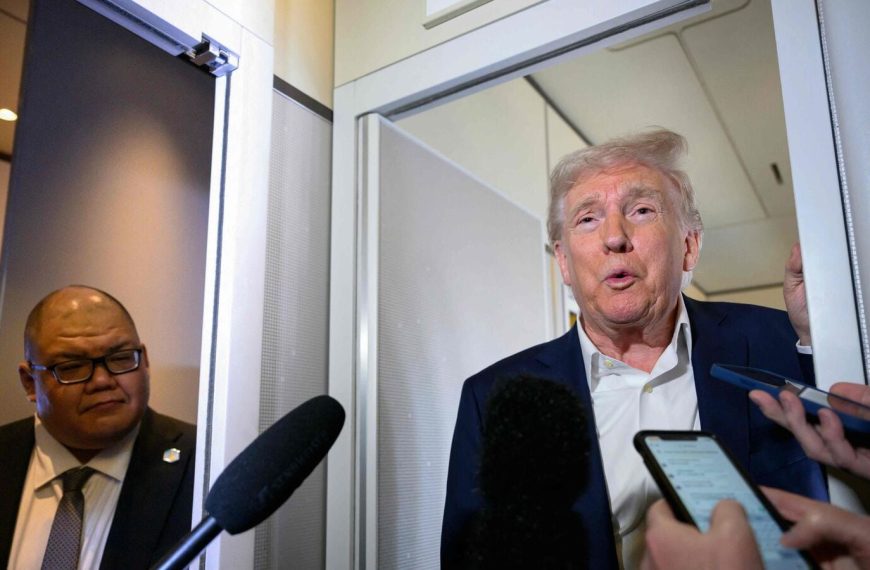Swedish Central Bank Holds Steady Amid Inflation Concerns
In a recent statement, officials from the Riksbank indicated that they expect interest rates to remain unchanged for the foreseeable future. They emphasized their commitment to closely monitor economic conditions and inflation trends, stating, “The Riksbank is prepared to take action if inflation or economic activity necessitates a change.” This cautious approach comes as inflation surprises, primarily driven by food prices, create challenges for policymakers aiming to ease rates further.
Inflation Challenges Amid Economic Stagnation
Since last May, the Riksbank has already reduced interest rates by 175 basis points. However, the ongoing trade tensions sparked by U.S. President Donald Trump have added layers of uncertainty, complicating the bank’s ability to pursue aggressive rate cuts. Despite the bank’s attempts to rejuvenate Sweden’s economy, which has been grappling with nearly three years of stagnation, their efforts have not yet yielded significant results.
Global Economic Context
Interestingly, just a day before Sweden’s announcement, the Federal Reserve decided to maintain its current interest rates after a thorough two-day meeting in Stockholm. Fed Chair Jerome Powell acknowledged the prevailing uncertainties stemming from Trump’s policy shifts. He noted that the Federal Reserve is willing to wait for more clarity on how these changes might affect the economy before making any adjustments.
Temporary Inflation Upsurge
Policymakers at the Riksbank characterized the recent rise in inflation as a temporary phenomenon. However, they remain alert to potential spillover effects that could prevent inflation from declining as anticipated. The board’s vigilance reflects their understanding of the complexities in the current economic landscape, which is influenced by both domestic and international factors.
In summary, the Riksbank’s decision to keep interest rates steady signifies their cautious approach in navigating the unpredictable economic environment. As they keep a close watch on inflation and economic activity, the future remains uncertain, highlighting the intricate balance that central banks must maintain.











